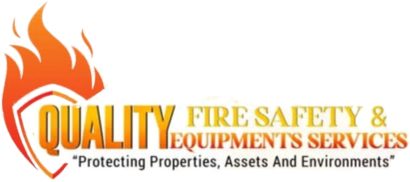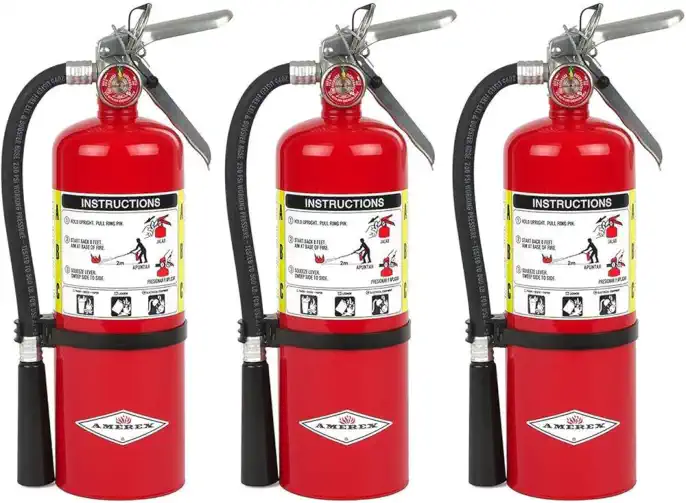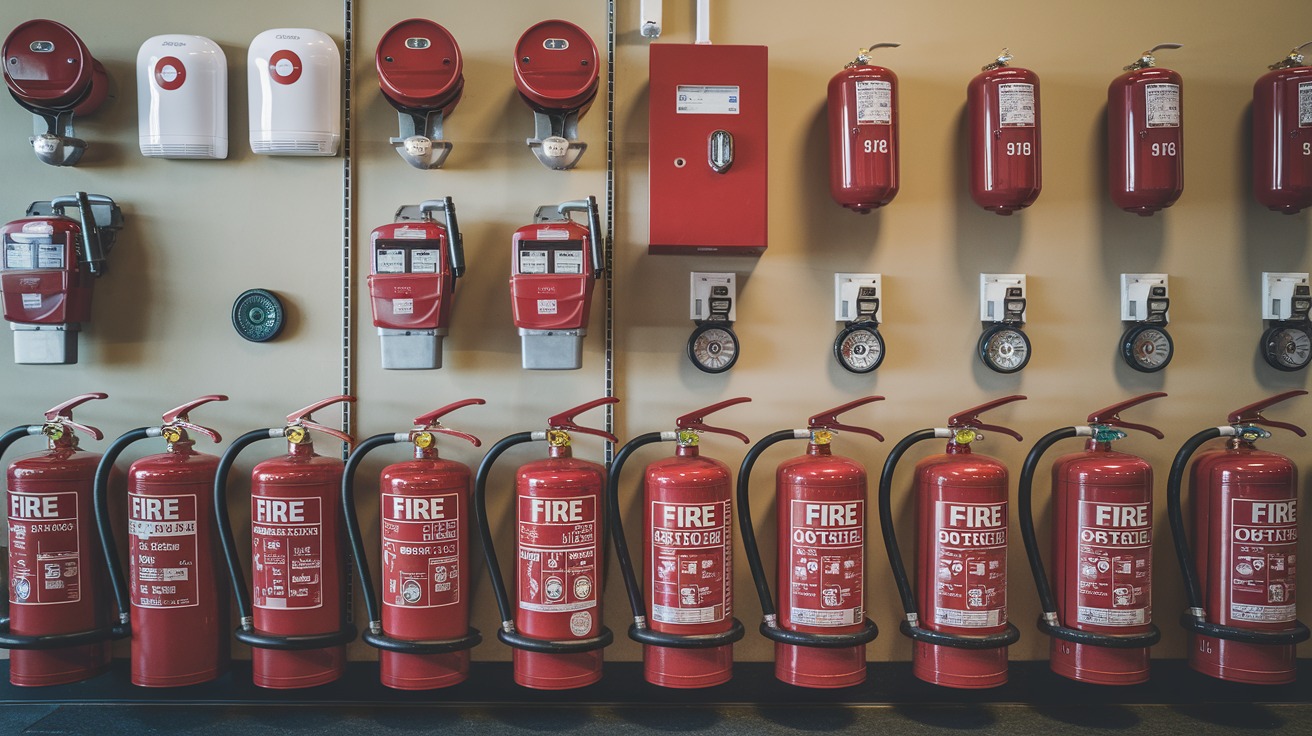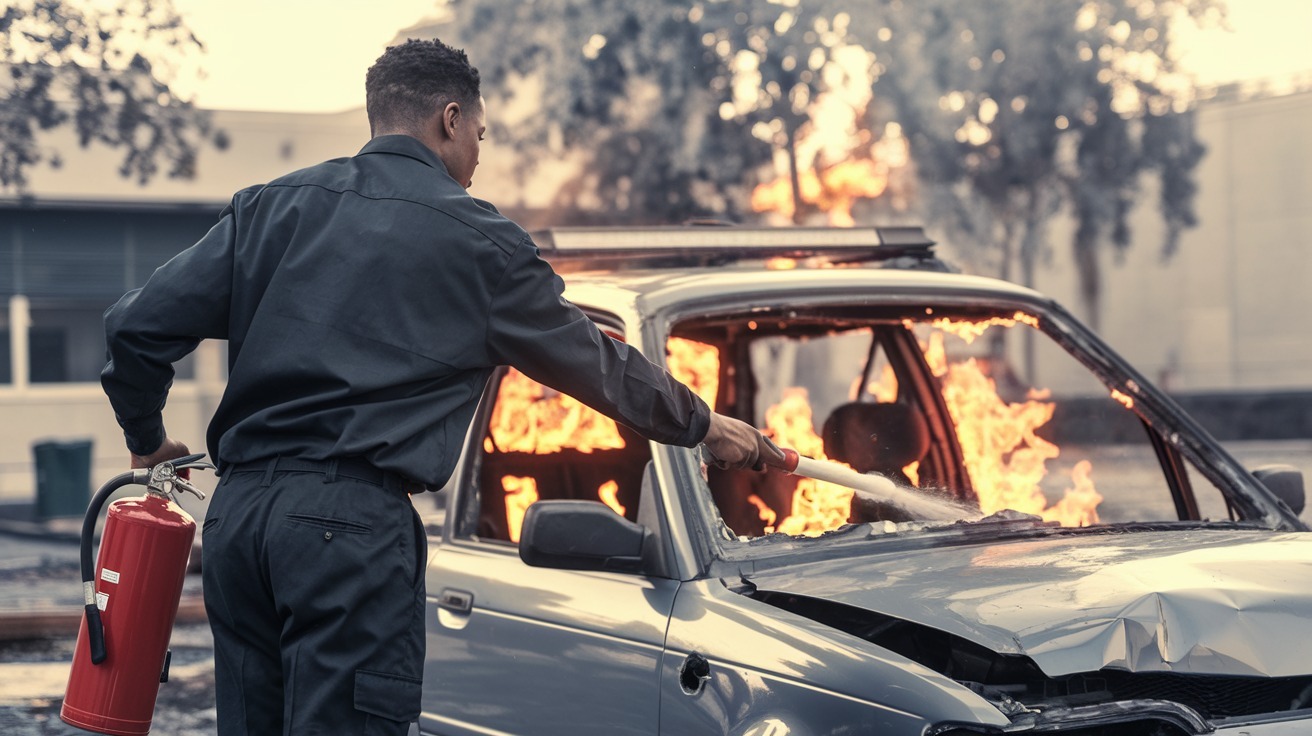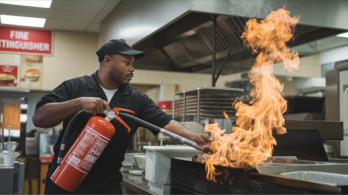Recent fires across Jamaica have left communities reeling, highlighting the urgent need for better fire prevention. From the Ocho Rios Market to the Norman Manley International Airport, these incidents serve as reminders that fire safety is not optional; it’s essential. Quality Fire Safety and Equipment Services provides expert services to reduce fire risks, ensuring businesses and homes stay protected.
A Growing Threat: Recent Fires Across Jamaica
Several fires in recent months have caused significant losses. The Ocho Rios Market fire destroyed multiple stalls, leaving vendors without a source of income. In Kingston, the Pearnel Charles Arcade suffered major damage, affecting small businesses. Additionally, a warehouse in Westmoreland was completely engulfed, leading to millions in losses. Even the Norman Manley International Airport faced an unexpected fire in the departure lounge. These incidents prove that fires can strike anywhere, at any time.
How Quality Fire Safety Helps Prevent Fires
We offer comprehensive solutions to reduce fire risks. Our services include:
- Fire Risk Assessments – Identifying hazards before they become disasters.
- Fire Extinguisher Installation and Maintenance – Ensuring that businesses and homes have the right equipment.
- Fire Alarm Systems – Providing early warnings to prevent major damage.
- Emergency Evacuation Plans – Helping businesses create clear and effective exit strategies.
By implementing these services, businesses and homeowners can significantly lower their risk of fire-related loss.
The Importance of Early Detection
Many fires could be prevented if hazards were detected early. Faulty wiring, flammable materials, and unattended cooking are common causes of fires. Quality Fire Safety helps identify these risks through professional inspections and expert recommendations. Installing fire alarms and extinguishers can make all the difference in an emergency.
Investing in Fire Prevention: A Smart Decision
Fire damage can be devastating, but prevention is always more affordable than recovery. Rebuilding after a fire takes time, money, and emotional strength. Investing in fire safety services now can prevent financial ruin later.
Businesses that comply with fire safety regulations also avoid fines and legal issues. More importantly, they protect their employees and customers.
Stay Safe with Quality Fire Safety
Jamaica has seen too many fires in recent months. The solution is clear—prevention. Quality Fire Safety provides expert services that help businesses and homeowners stay ahead of fire risks. Don’t wait for disaster to strike. Take action today to ensure a safer tomorrow.
